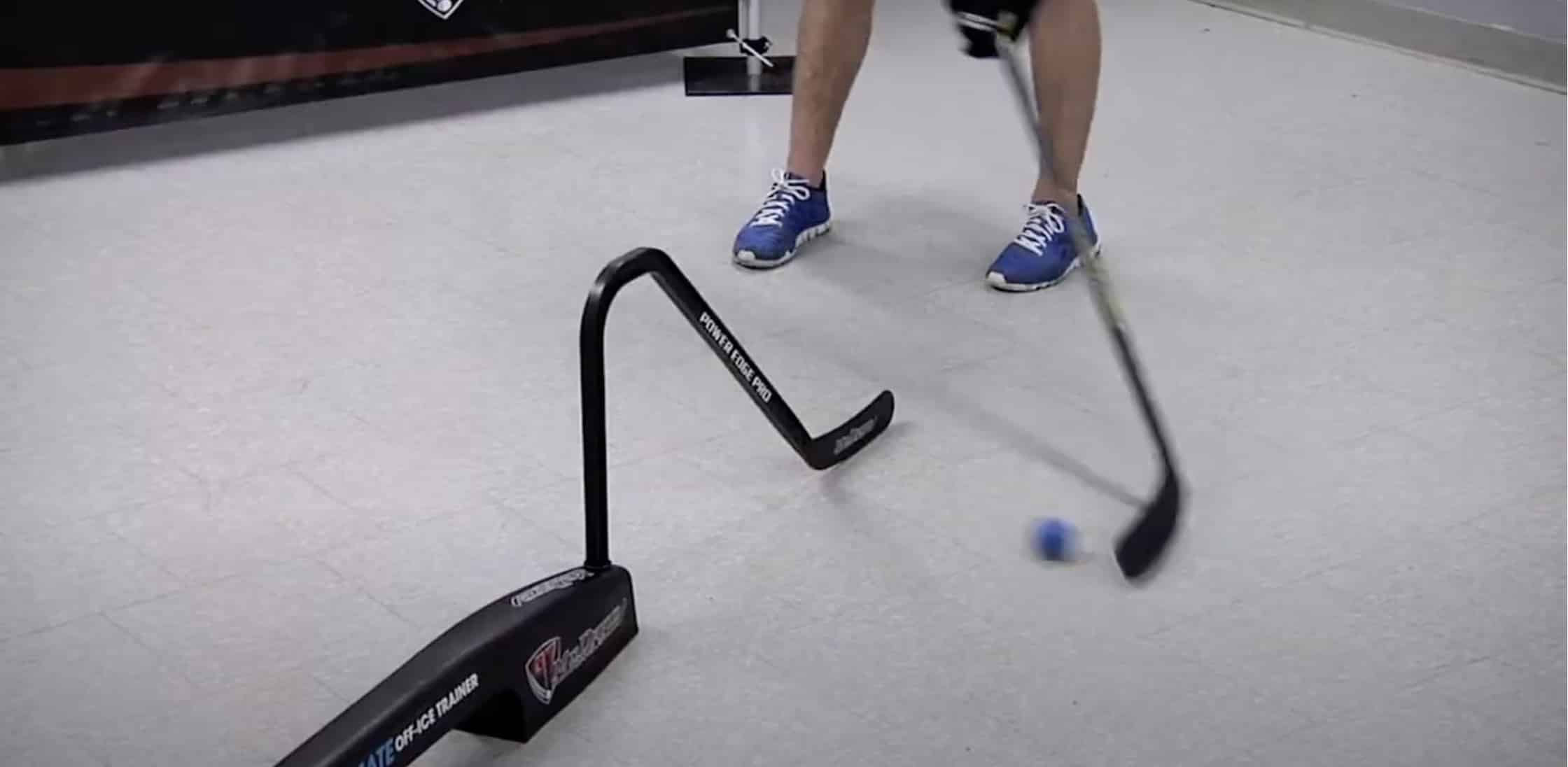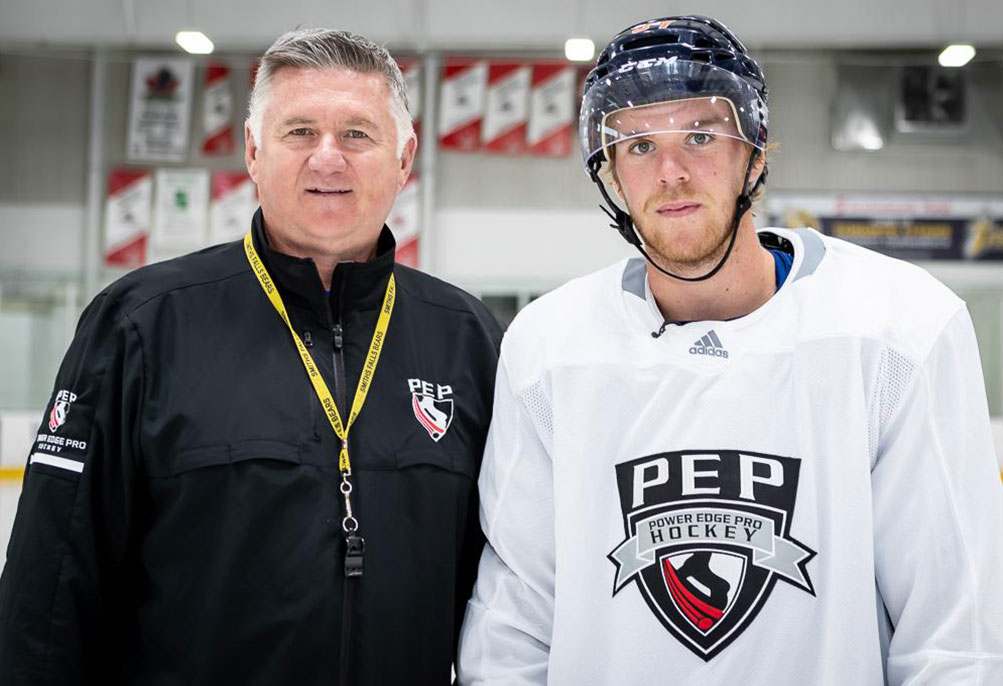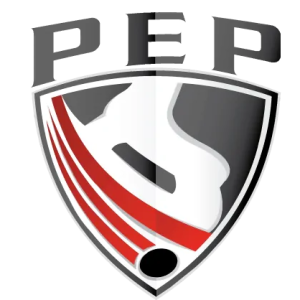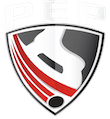Our Story
The PEP Journey
Joe Quinn’s 25 year commitment to moving the game forward
What started as a passion project has evolved into a patented and trademarked system, now recognized worldwide for pushing the boundaries of player development.

The Inaugural Quinn's Hockey School
Smiths Falls, Ontario

Innovation in Action
The First PEP Gear Prototype

From Concept to Creation
The Heart of PEP Gear Production

Training Beyond the Rink
PEP's First Off-Ice Innovation

Leading the Next Generation
Connor McDavid Inspiring Future Players



PEP Founder Joe Quinn featured as one of the recipients of the ‘Top 100 People of Power and Influence in Hockey.’


The Vision
A 25 Year commitment to player development
Joe Quinn’s vision was clear from the start: to build hockey players with unrivaled multitasking abilities, elite skating, edge control and puck placement skills. Early on, one of Joe’s key discoveries was identifying the limitations in traditional training methods. He discovered that single overload training fell short of activating the “multiple firing sequences of muscles simultaneously,” a skill essential for modern hockey.
Through extensive research and thousands of training sessions, Joe encountered a recurring issue: players struggled to master “High-Speed Multiple Overload” techniques. This challenge sparked the creation of Reactive Countering Training™ (RCT)—a revolutionary training method that changed the landscape of hockey development. By focusing on simultaneous muscle activation, Joe designed patented gear that helps players perform complex reactions at high speed, reflecting the real pressures of game situation.

the process.
From Small town Ontario to Global Recognition
PEP’s humble beginnings trace back to Smiths Falls, Ontario, before relocating to Toronto, where Joe introduced his system at a local sports school. The results spoke for themselves: within five years, 45 of the 52 players trained advanced to junior hockey or beyond. Among them were 21 OHL players, seven NCAA scholarship recipients, and six NHL Draft picks.
One of PEP’s first success stories was Connor McDavid, who joined the program at age 10. His rapid rise, along with other young talents in Toronto, showcased the effectiveness of the PEP system. As these athletes developed skills that set them apart from their peers, the broader hockey world took notice. Joe Quinn’s recent recognition as one of ‘The Top 100 People of Power and Influence in Hockey’ by The Hockey News highlights PEP’s impact on the sport globally.

recognition
Evolution and Achievements
Connor McDavid’s rise to the NHL was just the beginning. Other PEP-trained athletes, including Connor Bedard, Jack Hughes, and Owen Power—who began training with PEP as young as 8—have gone on to become First Overall NHL Draft picks. Since 2014, PEP has trained an astounding 74 First Round NHL Draft picks, including 10 First Overall selections.
PEP’s R.C.T. training gear has evolved alongside its success. What began as a single overload wooden prototype is now a line of custom-engineered off-ice and on-ice gear designed to enhance multiple reaction training. Joe’s relentless innovation has kept PEP at the forefront of hockey training technology.
Today, PEP’s RCT Gear and training systems are utilized by some of the biggest names in hockey, including the NHL’s Edmonton Oilers, Washington Capitals, Detroit Red Wings, Nashville Predators, Minnesota Wild, Boston Bruins, as well as the USNTDP and various CHL and NCAA teams.

The people
A Family-Driven Success Story
At the heart of PEP’s growth is a family that shares Joe’s passion. His wife Stacey and son Nick are integral to the business, playing key roles in training the next generation of hockey stars. Despite PEP’s global influence, the Quinn family remains dedicated to its core values: passion, dedication, and innovation.
From its early days in Ontario to becoming a globally recognized leader in hockey training, PEP’s story is a testament to the Quinn family’s relentless drive for excellence. Every player trained by PEP carries forward this legacy, contributing to the future of hockey.

